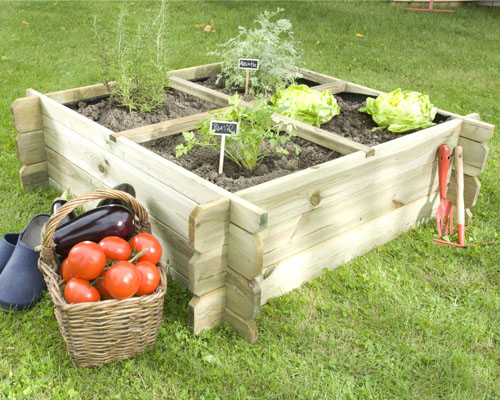When you want to install a pond in your garden, there are some essential questions to ask yourself so that thethe development is a success. These are what I will talk about in this article.
Creating a pond has many advantages such as supply tranquility instead with the sweet sound of water, to do a mirror effect interesting for both large and smaller gardens or for entertaining see local wildlife running there like birds coming to drink.
To make sure that your pond can give you all this happiness, it must not be created at random without thinking about it first. Before starting work, you need to take a certain number of them decisions so that it is a success and its maintenance is minimal.
To make everything easier, I have listed 4 questions to guide you in your choices.
Where should I install my swimming pool?
Obviously the first question to ask concerns theplacement of your future bathroom.
To get the most out of it, you need to put it in a clearly visible space from as many points as possible in your garden, but also from your house if you have bay windows. This will make monitoring easier even if you have children.
Avoid placing the pond too close to a large deciduous tree for several reasons. First of all because of the leaves that fall in autumn which risk dirtying the water, but also because of the roots which can damage the construction.
The other aspect to take into consideration when determining the location of the pond is thesunlight. You will have to find the good compromise between a space that is neither too sunny nor too shaded. You need enough sun to grow your aquatic plants, but you also don’t want the water to get too warm, because that would cause algae to appear. It is estimated that a sunny position for 6 hours a day is a good compromise.
Unless you have a natural water source nearby, the vast majority of ponds are closed loop. That is to say that, thanks to a pump, the water circulates infinitely in the system without having to add more (or almost!). It will be necessary to place the latter near an electrical outlet (or at least in a place where the electricity can be brought) necessary for the pump. But not too far from a water point nor because, even if the system is a closed circuit, with evaporation, it is necessary to top up the volume regularly. It is therefore preferable not to have to carry full watering cans for tens of metres.
Thanks to his first thoughts, you should succeed identify the most suitable place in your garden to accommodate your pond. Let’s continue.
What shape should you give it?
The shape of your pool will mainly depend on the style what do you want to give him. That has to be it in keeping with the rest of your garden and home.
There are two main styles: formula with a well-defined geometric shape. It will work for modern gardens with clean lines, if you have a French park to create a large reflecting pool, or in the case of a long garden where placing a perpendicular pond will break the linear effect.
You may prefer a more style natural with a random shape like a pond. It will be fine for rustic, cottage or English gardens where we like to imitate nature.
In this case, be careful not to design a surface that is too crooked with corners where the water will circulate poorly.
If you want more information on pond styles I refer you to one of my previous articles on the subject: 4 pond styles to copy in your garden.
What a phase the look of your water feature begins to take shape in your mind. This is important for aesthetics, but we will see later that it is also necessary to determine more technical aspects such as the choice of material.
What will I put in my pond?
You don’t know yet whether you will put plants (this may surprise you, but there are formal ponds without plants, where we mainly look for the mirror effect) or fish? Do you tell yourself you’ll think about it once the job is done? This is a mistake! The presence of aquatic plants and animals will influence the design of your pond. So you have to make a decision about it now.
You will discover in the next paragraphs that your answer will determine several criteria during implementation.
What size for my pool?
The size will be determined by available space in your garden obviously, but also by the importance you want to give to the pond. Is it just a decoration present on a small part of your setup or will it be the centerpiece of your garden, and therefore large compared to the other elements?
In both cases there are some rules to respect.
First of all, know this the larger the pond, the better its biological balance and therefore, the more so it will be easy to maintain. If you want to create a very small body of water, opt for a version without fish, without plants or with very few plants.
In other cases, it will be necessary minimum depth 50 cm so that sunlight does not affect the water temperature too quickly. If you want to put different plants, you should create stages at different depthsbecause not all aquatic plants have the same needs in terms of immersion in water. If you want to put Fish, a depth of at least 80 cm they will be necessary to survive the winter.
And now, a little technique
We have covered the 4 essential questions. Until now they have mainly served you for aesthetic choices. We will see that you have just determined, without knowing it, several technical aspects.
The material
There are two main types of materials for creating a pond.
You have the pre-formed templates made of plastic material. They are found primarily to create small ponds et the shape is already determined. You will find some with a round or rectangular geometric outline. This will be fine for ponds – fountains with no or few plants. There are also versions with more natural shapes and often with different levels to accommodate the plants.
If you choose this construction method, check that it matches the answers you gave previously in terms of size, depth and style.
The other solution to creating your own pond is to use a PVC or EPDM sheet. In this case, the only limit is your imagination. The membrane will follow the contours of your earthworks. So you are free in the choice of shape, surface and depth. You will then be able to build the swimming pool that exactly meets your needs listed above.
You will easily find on the tarpaulin manufacturers’ websites the calculation rules to determine the surface area of the membrane needed based on the length, width and depth of your body of water.
Pump, filter, sterilizer and accessories
The pump will keep the water moving and circulate it through a filter that will trap impurities. The optional UV sterilizer will limit the appearance of some algae.
The capacity of these elements is determined by the size of your pool and therefore its volume. This will need to be weighed if you intend to include fish. Filtration will not be the same with or without animals.
Here too, in garden centers, on sales and manufacturers’ websites, you will find the elements to determine the power needed for each appliance.
According to the manufacturers, the indicated capacity corresponds to a pond with or without fish. Read the description on the merchant’s website carefully.
You can then enrich your creation with one or more jets of water or even a waterfall.
Do you now see the layout of your future pond more clearly?
latest posts published

Wooden terrace: which species to choose?
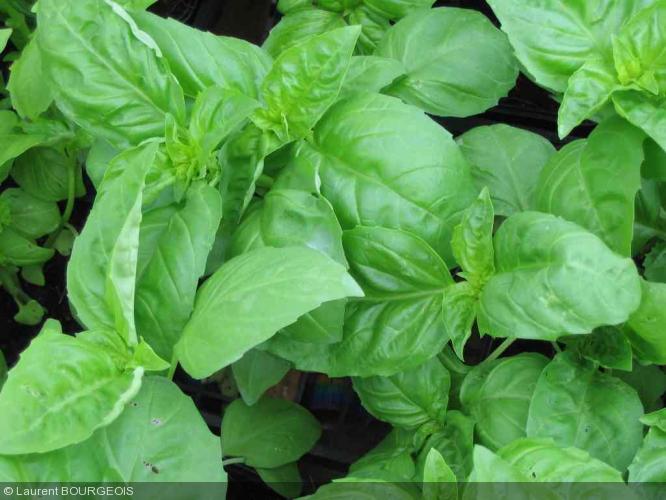
The 10 essential aromatic plants for your garden

4 questions to ask yourself before creating a pond in your garden

My selection of 15 plants with purple foliage
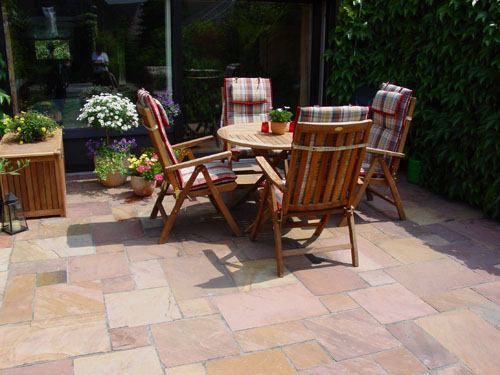
Which natural stone to choose for the flooring of your terrace?

Windbreak in the garden: all the solutions
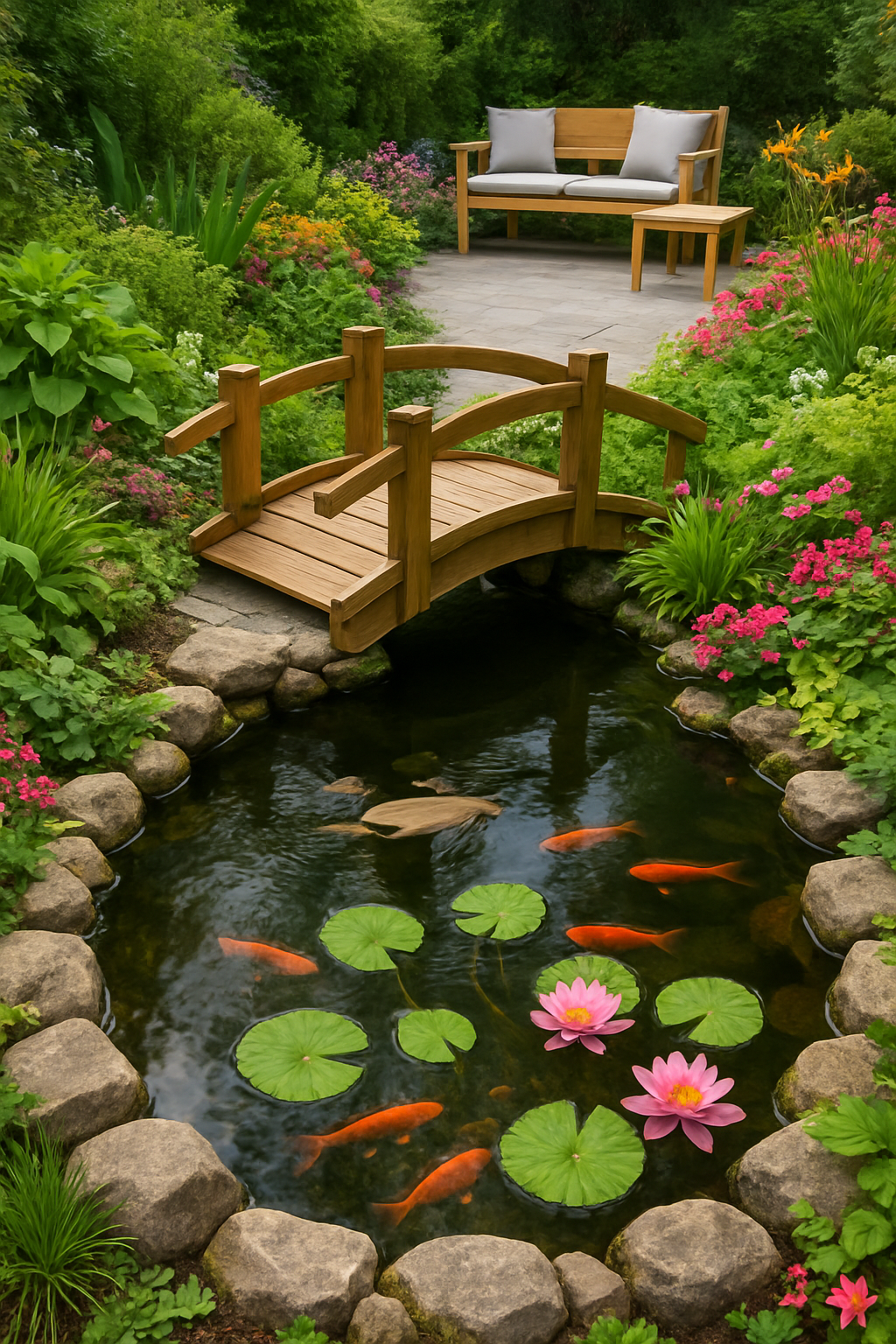
4 pond styles to copy into your garden

Become a florist: Make people around you happier with flowers
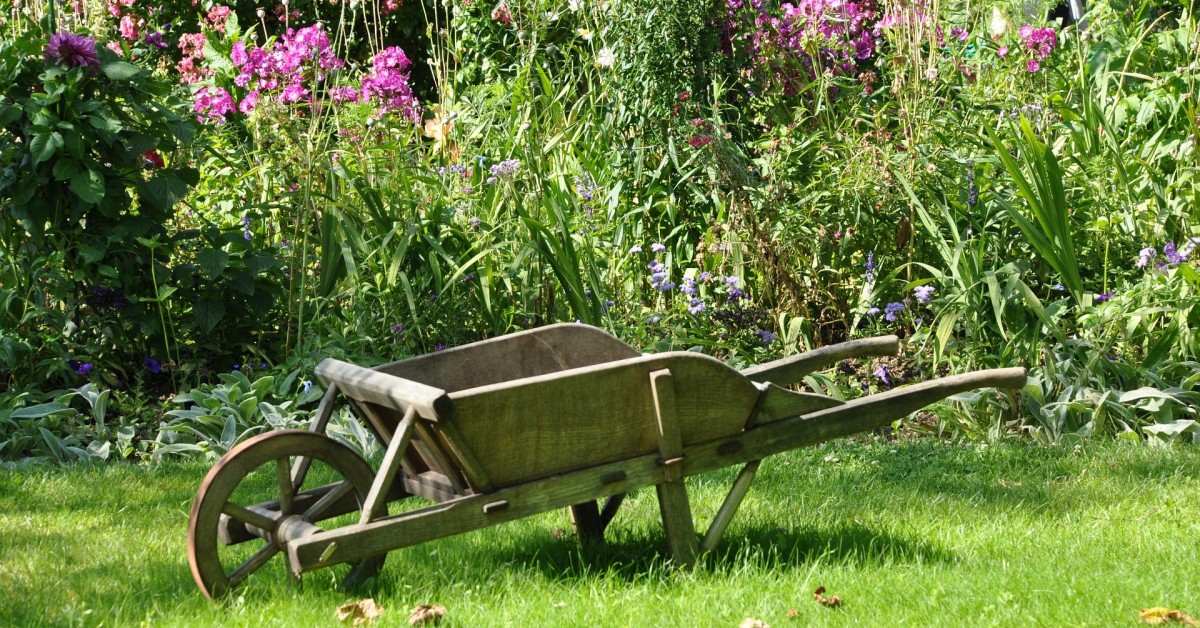
Is a career as a gardener right for me?
